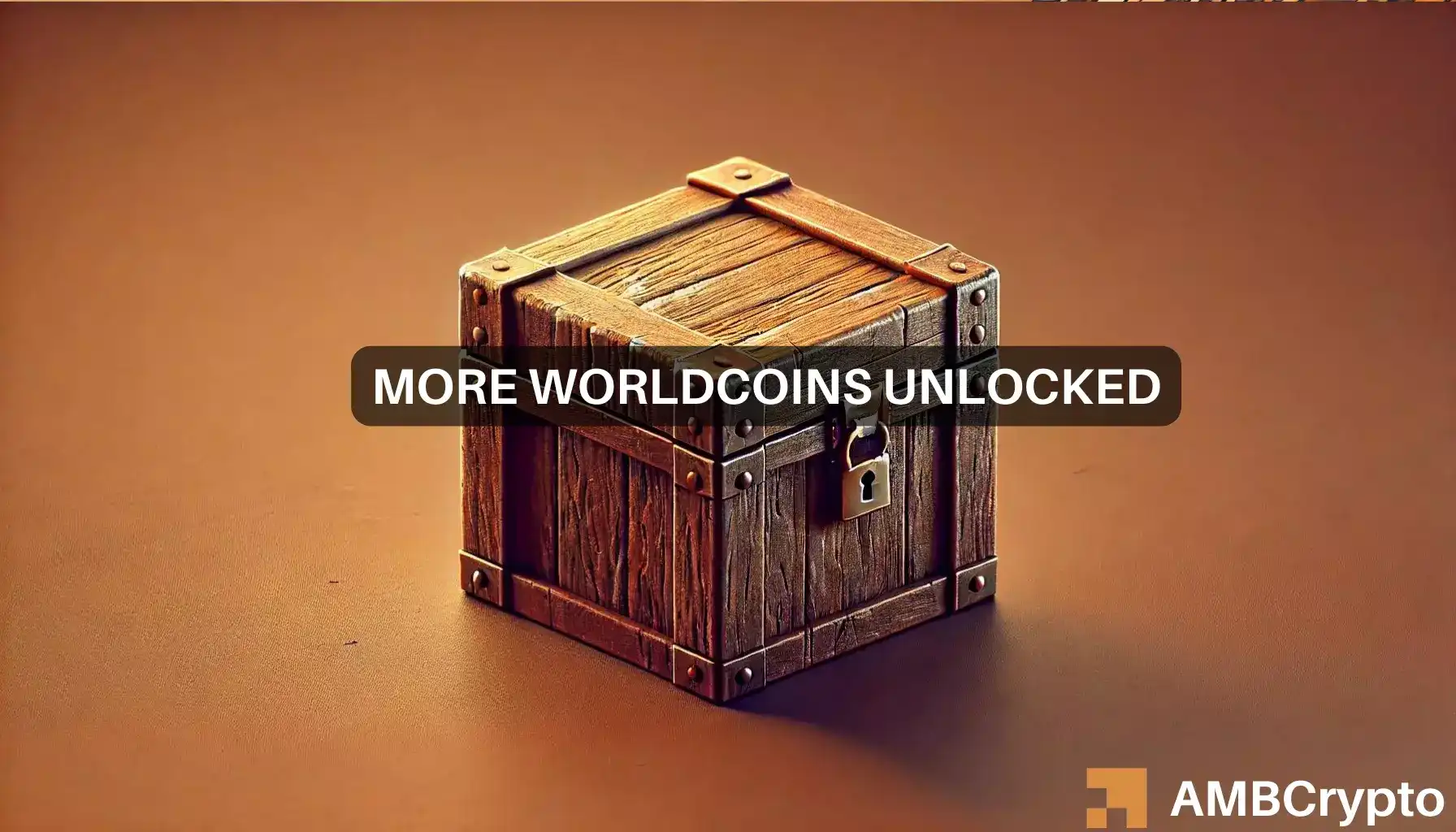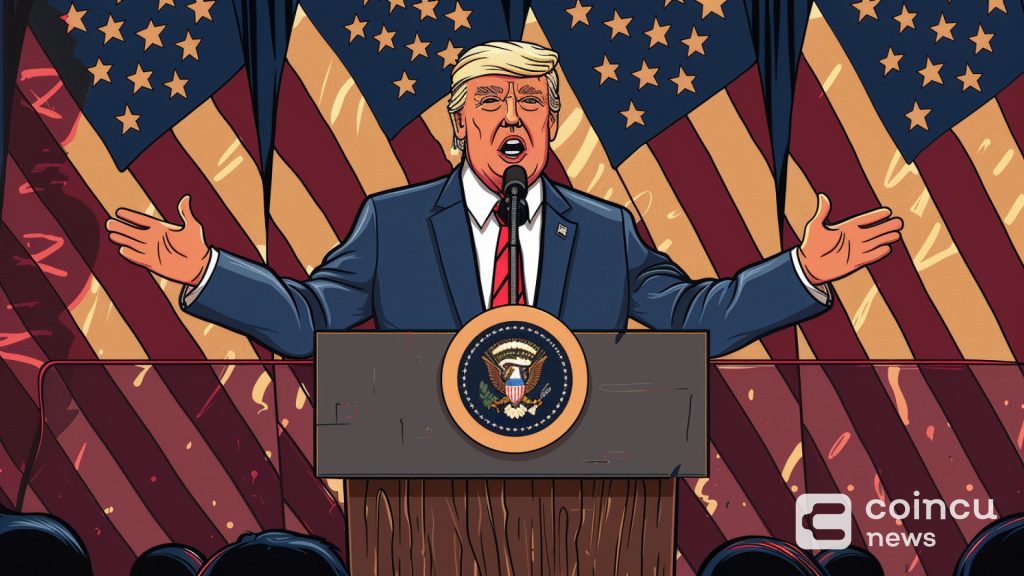Token Economy and Token Emissions: What’s the Impact on the Ecosystem?
The concept of a token economy has become increasingly popular in recent years, particularly in the world of blockchain and cryptocurrency. At its core, a token economy is a system where tokens are used as a medium of exchange within a network or ecosystem. These tokens can represent anything from a digital asset to a loyalty point or even a voting right.
Understanding token economy
Token economies have been touted as a way to revolutionize the traditional economic landscape, providing a more efficient, secure, and transparent way for businesses and consumers to transact with each other. They also offer a new model for incentivizing and rewarding users, creating a self-sustaining ecosystem that benefits everyone involved.
However, as with any new technology or economic system, some challenges and complexities must be navigated. One of the key challenges of a token economy is understanding how token emissions work and how they impact the overall health and success of the project’s ecosystem.
Token emissions refer to the process of creating and distributing tokens within a network. The issuance of new tokens can have a significant impact on the supply and demand dynamics within the ecosystem, affecting everything from token value to user behavior. Therefore, understanding how token emissions work is essential for anyone looking to participate in or build a successful token economy.
Some token economies
- Fixed Supply Tokens: Fixed supply tokens have a limited number of tokens in circulation, and no new tokens can be created. Examples of fixed-supply tokens include Bitcoin and Litecoin. The scarcity of fixed-supply tokens can increase their value over time as demand increases, making them a popular choice for investors.
- Inflationary Tokens: Inflationary tokens have an increasing supply of tokens over time, with new tokens being added to the network at a set rate. The goal of inflationary tokens is to incentivize users to spend or invest their tokens rather than hoard them. Examples of inflationary tokens include Dogecoin and Ripple.
- Deflationary Tokens: Deflationary tokens have a decreasing supply of tokens over time, with tokens being removed from the network at a set rate. The goal of deflationary tokens is to increase the value of each token over time as the supply decreases and demand increases. Examples of deflationary tokens include Binance Coin and BurnX Token.
- Governance Tokens: Governance tokens provide holders with the ability to vote on important decisions within a network, such as changes to the protocol or the allocation of funds. The value of governance tokens is tied to the success of the network, making them a popular choice for long-term investors. Examples of governance tokens include MakerDAO and Compound.
- Security Tokens: Security tokens represent ownership in a particular asset or company, and can be traded on regulated exchanges. The goal of security tokens is to provide investors with a way to invest in a project or asset and to provide liquidity to those investments. Examples of security tokens include Polymath and Swarm.
These token economies each have unique features and use cases, but they all rely on tokens as a means of exchange, incentivization, and governance within their respective networks. They are all part of the broader ecosystem of blockchain technology and cryptocurrency, which continues to grow and evolve as new projects and innovations are introduced.
Understanding token emissions
Token emissions refer to the process of creating and distributing tokens within a network. There are several types of token emissions, each with its own unique characteristics and benefits.
- Proof of Work (PoW): This is the most commonly known token emission model used by Bitcoin and other cryptocurrencies. PoW is a consensus algorithm that requires nodes within the network to perform complex mathematical calculations in order to validate transactions and create new blocks on the blockchain. The node that solves the mathematical problem first is rewarded with new tokens.
- Proof of Stake (PoS): In a PoS emission model, nodes within the network are selected to validate transactions and create new blocks based on the number of tokens they hold or “stake” within the ecosystem. The more tokens a node holds, the greater its chances of being selected as the validator. Ethereum (ETH) and Cardano (ADA) use PoS.
- Delegated Proof of Stake (DPoS): DPoS is a variation of PoS that allows token holders to vote for a limited number of nodes to act as validators within the network. The nodes with the most votes are selected to create new blocks and validate transactions. Tron (TRX) and Steem (STEEM) use DPoS.
- Proof of Authority (PoA): In a PoA emission model, validators are selected based on their reputation and authority within the network, rather than through mathematical calculations or the number of tokens they hold. This makes PoA a more centralized emission model, as validators are selected by a central authority rather than by the network itself. Kovan (KETH) and POA Network (POA) are some of the cryptocurrencies that use PoA.
- Proof of History (PoH): PoH’s ability to improve network scalability and transaction speeds can indirectly impact the rate of token emission on a blockchain network. It was created by Solana, and SOL is the only token that uses it. PoH has been praised for its ability to achieve high transaction speeds, with the network being able to process more than 50,000 transactions per second.
- 6. Proof of Burn (PoB): In a PoB model, new tokens are created by “burning” or destroying existing tokens. Token holders can voluntarily burn their tokens, which reduces the total supply and increases the value of the remaining tokens. This model is designed to encourage token holders to hold onto their tokens for a longer period of time, while also reducing the risk of inflation. Very few cryptos use PoB. Slimcoin (SLM) is one of them.
- Bonded Proof of Stake (BPoS): In a BPoS model, token holders must “bond” or lock up a certain amount of their tokens as collateral to become validators. The validators then earn rewards for validating new blocks and are subject to penalties for any fraudulent behavior. Cosmos (ATOM) and Kava (KAVA) use BPoS.
Each emission model has its own strengths and weaknesses, and the choice of emission model will depend on the goals and needs of the particular token economy. For example, PoW is often favored for its high level of security, while PoS and DPoS are favored for their energy efficiency and scalability. PoA is often used in private or permissioned blockchains where a central authority can be trusted to select trustworthy validators.
Managing Token Emissions
Managing token emissions is a critical aspect of creating and maintaining a successful token economy. If the supply of tokens within the network is not managed effectively, it can lead to a variety of issues such as inflation or deflation, which can negatively impact the value of the tokens and the overall health of the ecosystem. One important factor to consider when managing token emissions is the rate of emission. This refers to how quickly new tokens are created and introduced into the network. If the rate of emission is too high, it can lead to inflation as the market becomes flooded with new tokens. If the rate of emission is too low, it can lead to deflation as the demand for the tokens outstrips the supply. Another important factor to consider is the distribution of tokens. If a small number of individuals or entities hold the majority of the tokens within the network, it can lead to centralization and a lack of decentralization, which goes against the core principles of many blockchain-based networks. Therefore, it’s important to ensure that tokens are distributed fairly and evenly, and that new tokens are introduced into the ecosystem in a way that doesn’t unfairly benefit a select few.
One approach to managing token emissions is to use a fixed emission schedule. In this model, the number of new tokens created is predetermined and released over time, regardless of market conditions or demand. This can create a predictable and stable supply of tokens within the network, which can be beneficial for both users and investors. Another approach is to use a dynamic emission model, where the rate of emission is adjusted based on market conditions and demand. For example, if demand for the tokens is high, the rate of emission can be increased to ensure that there are enough tokens to meet the demand. Conversely, if demand is low, the rate of emission can be decreased to prevent inflation. Ultimately, the key to successful token emissions is to strike a balance between supply and demand, while ensuring that tokens are distributed fairly and evenly within the network. By taking a thoughtful and strategic approach to managing token emissions, token economies can create a sustainable and thriving ecosystem that benefits all participants.
Final thoughts
From peer-to-peer payments to decentralized storage and beyond, each token economy provides unique benefits and features for users and organizations. By harnessing the power of tokens, these economies offer a decentralized and transparent way to incentivize participation, facilitate transactions, and enable new forms of digital collaboration. As we move further into the digital age, it is clear that token economies will play a significant role in shaping the future of finance, commerce, and beyond.






